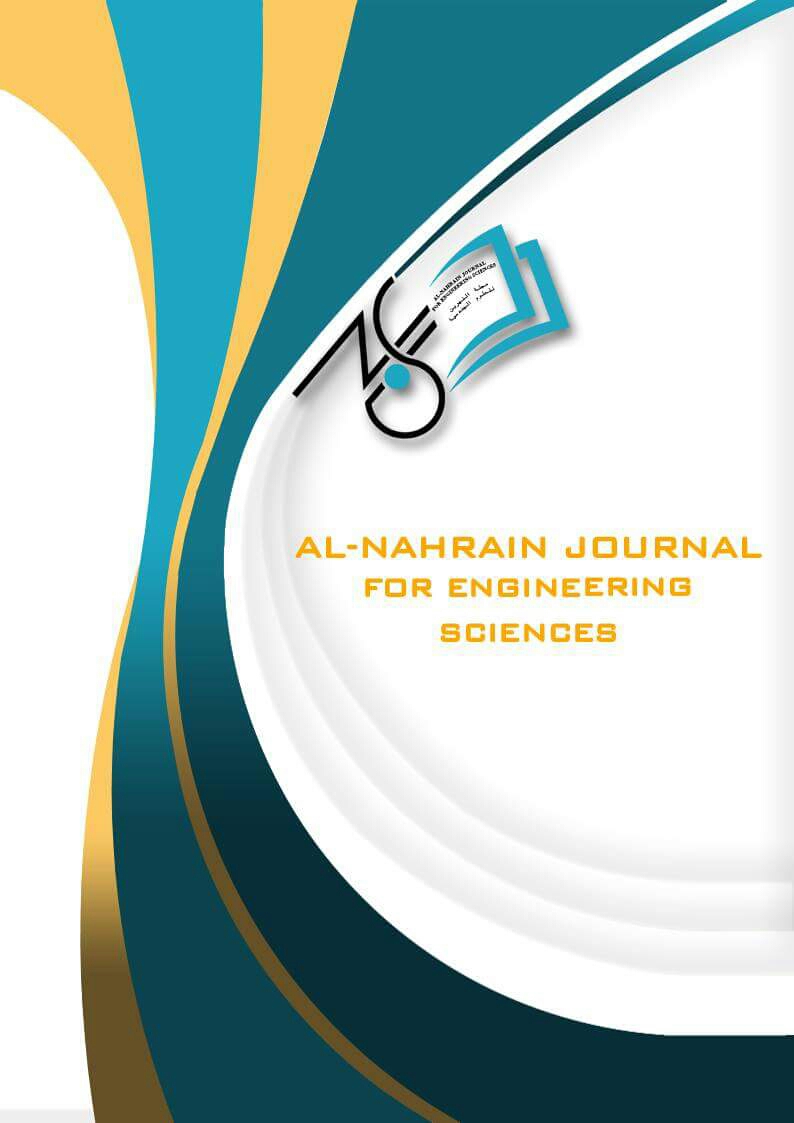Performance Enhancement of Oil pipeline Monitoring for a Simulated Underwater Wireless Sensor Network
DOI:
https://doi.org/10.29194/NJES.23030260Keywords:
Underwater Wireless Sensor Network (UWSN), Improved Smart Redirect or Jump Algorithm (ISRJ), Oil Pipeline MonitoringAbstract
In the last two decades, underwater acoustic sensor networks have begun to be used for commercial and non-commercial purposes. In this paper, the focus will be on improving the monitoring performance system of oil pipelines. Linear wireless sensor networks are a model of underwater applications for which many solutions have been developed through several research studies in previous years for data collection research. In underwater environments, there are certain inherent limitations, like large propagation delays, high error rate, limited bandwidth capacity, and communication with short-range. Many deployment algorithms and routing algorithms have been used in this field. In this work a new hierarchical network model proposed with improvement to Smart Redirect or Jump algorithm (SRJ). This improved algorithm is used in an underwater linear wireless sensor network for data transfer to reduce the complexity in routing algorithm for relay nodes which boost delay in communication. This work is implemented using OMNeT++ and MATLAB based on their integration. The results obtained based on throughput, energy consumption, and end to the end delay.
Downloads
Downloads
Published
Issue
Section
License
The authors retain the copyright of their manuscript by submitting the work to this journal, and all open access articles are distributed under the terms of the Creative Commons Attribution-NonCommercial 4.0 International (CC-BY-NC 4.0), which permits use for any non-commercial purpose, distribution, and reproduction in any medium, provided that the original work is properly cited.














